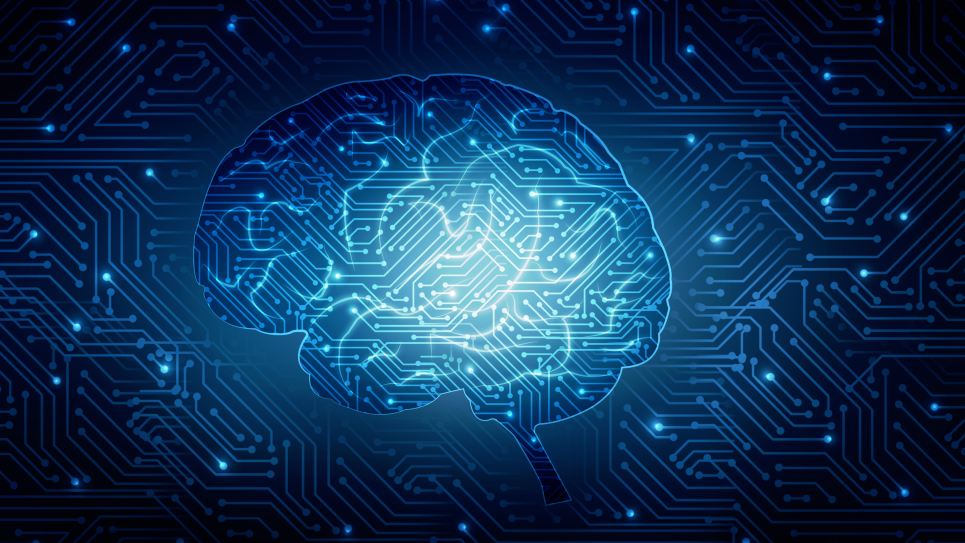
Cardiac Muscle-Cell-Based Coupled Oscillator Networks for Solving Computationally Hard Problems
Inspired by the natural biological system's efficiency and complexity, biocomputing that utilizes or mimics natural information processing inherent in living organisms provides a new computational approach that performs computing in a massively parallel way with energy efficiency. Here, we present a new biocomputing platform, a cardiac muscle-cell-based bio-oscillator network, for solving computationally hard problems such as graph coloring problem, which entail computing the minimum number of colors required to assign colors to all vertices in a graph such that every adjacent vertex have a different color. The computing components of the network are composed of bio-oscillators, cardiomyocytes (CMs), and coupling elements, cardiac fibroblasts (CFs). We aim to harness the unique phase ordering produced by the coupled bio-oscillators to approximate the optimal solution to the vertex coloring problem. We benchmarked the energy and latency for graph coloring using coupled bio-oscillators and conventional CMOS oscillators. The energy consumption of the cardiac-cell and CMOS oscillators for networks of different sizes indicated that cardiac cells consume lesser energy in computing the graph coloring solution which can lead to significant energy savings in larger networks.
Zoom Link: https://argonne.zoomgov.com/j/1610409840
See all upcoming talks at http://wordpress.cels.anl.gov/lans-seminars/